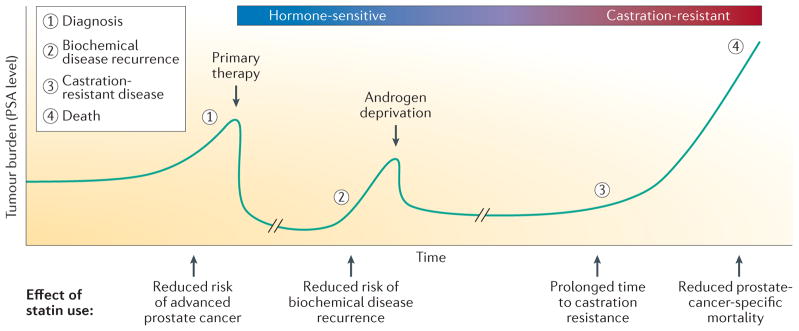Figure 3. Effects of statin use during the clinical course of prostate cancer.
The clinical course of prostate cancer can be followed using measurements of serum PSA levels, serving as a marker of tumour burden. Rising PSA levels indicate prostate cancer growth and clinical diagnosis. Primary therapy (for example, surgery or radiation) causes a rapid drop in PSA level, showing tumour removal or eradication. Prostate cancer recurrence is detected by rising PSA level after primary treatment. Subsequent androgen deprivation therapy initially results in a reduction in tumour burden and PSA level but most patients eventually develop castration-resistant prostate cancer. Currently, castration-resistant disease cannot be cured and these patients will eventually die of their disease. Statins have been shown to have a protective role at various stages of the clinical course of prostate cancer.

